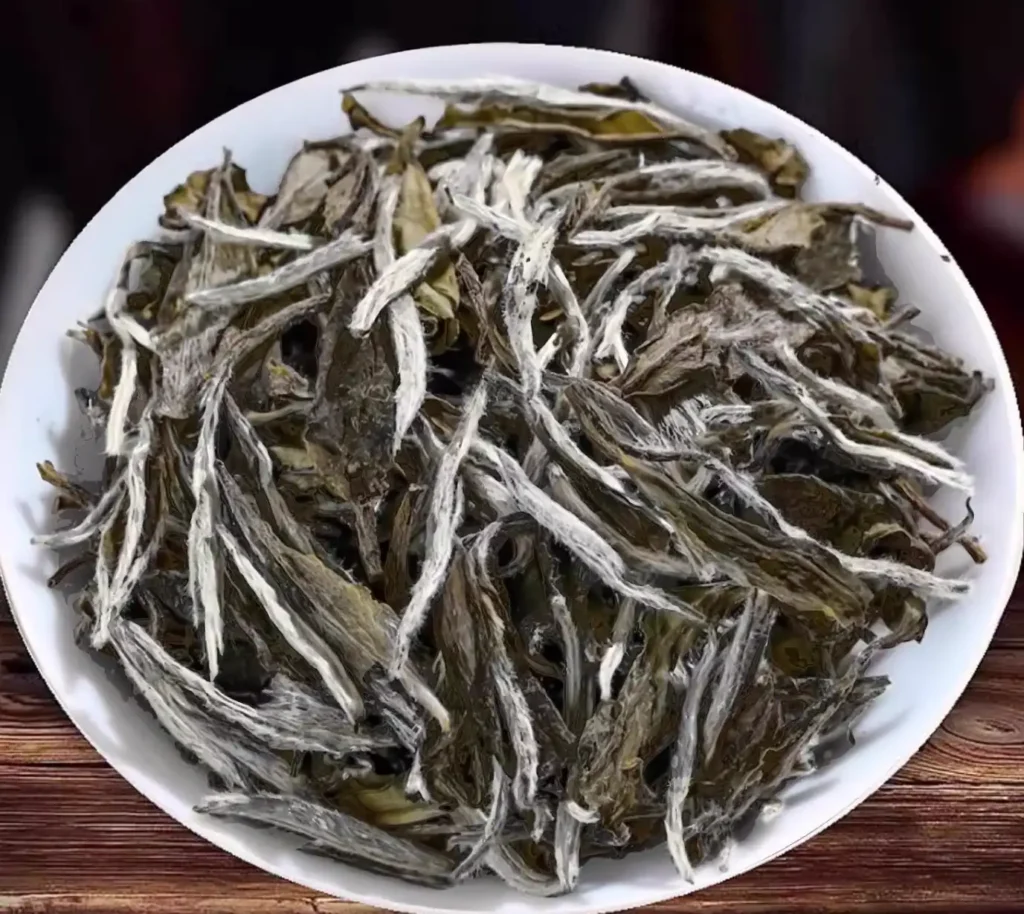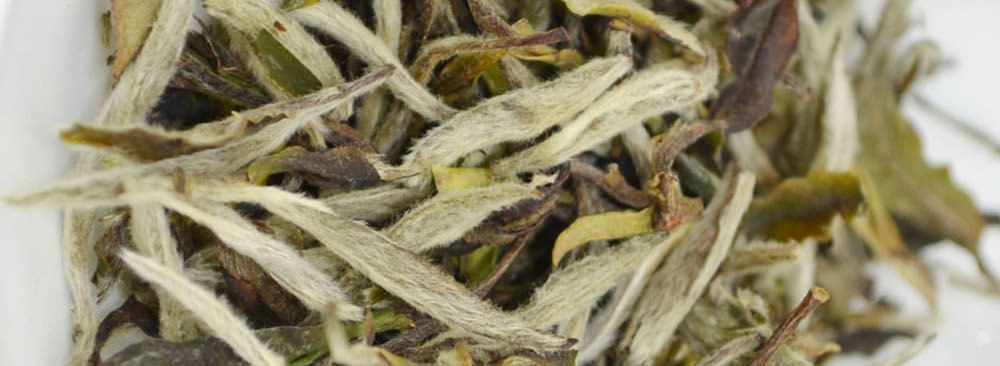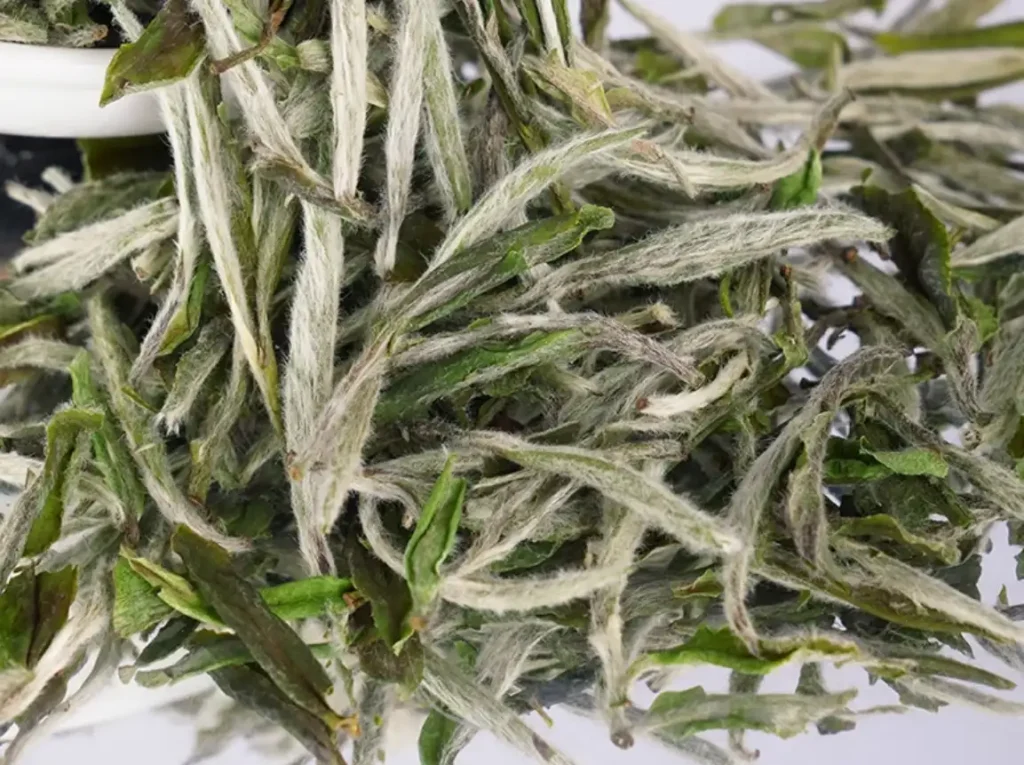White Peony tea is a grade of white tea, named after its appearance, which resembles a flower (Peony, scientifically known as Paeonia suffruticosa). White Peony tea is known for its silvery white appearance and sweet, refreshing taste. It is both visually appealing and delicious, making it one of the finest Chinese white teas, often praised as the “King of White Tea.”

Origin and Characteristics of White Peony Tea
White Peony tea first appeared in 1920, originally produced in Jianyang County, Fujian Province, China.

White Peony is a harvesting grade of white tea. The general standard for production is the harvesting of one bud with one leaf or one bud with two leaves, which is considered to be tender. Only white tea produced in this manner can be called White Peony. Premium White Peony tea is characterized by plump buds with visible white hairs. Its appearance resembles a peony flower, as its name suggests.

White Peony Tea Production Process
Spring tea is considered the highest quality for White Peony. During harvesting, one bud with one leaf or one bud with two leaves is picked, and the more white hairs the buds have, the better the quality. After harvesting, the tea is evenly withered for 48 hours until about 80% dry. It is then dried in a 100°C oven, completing the production of the raw tea. The finest White Peony tea should have prominent, thick white hairs. When brewed, the green leaves contrast beautifully with the white buds, creating a stunning visual effect.
White Peony Tea Brewing Method
It is best to use spring water, with mineral water being the second-best option. Avoid using pure or distilled water. The water temperature should be around 90°C (194°F). The recommended tea-to-water ratio is 1:40, meaning 2.5 grams of White Peony tea for a 100 ml teapot, but you can adjust according to personal preference. The first steeping takes 30-60 seconds, and for subsequent infusions, increase the steeping time by 10 seconds. The tea can be brewed 4 to 5 times.
